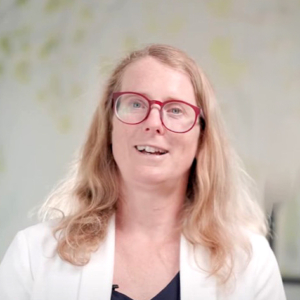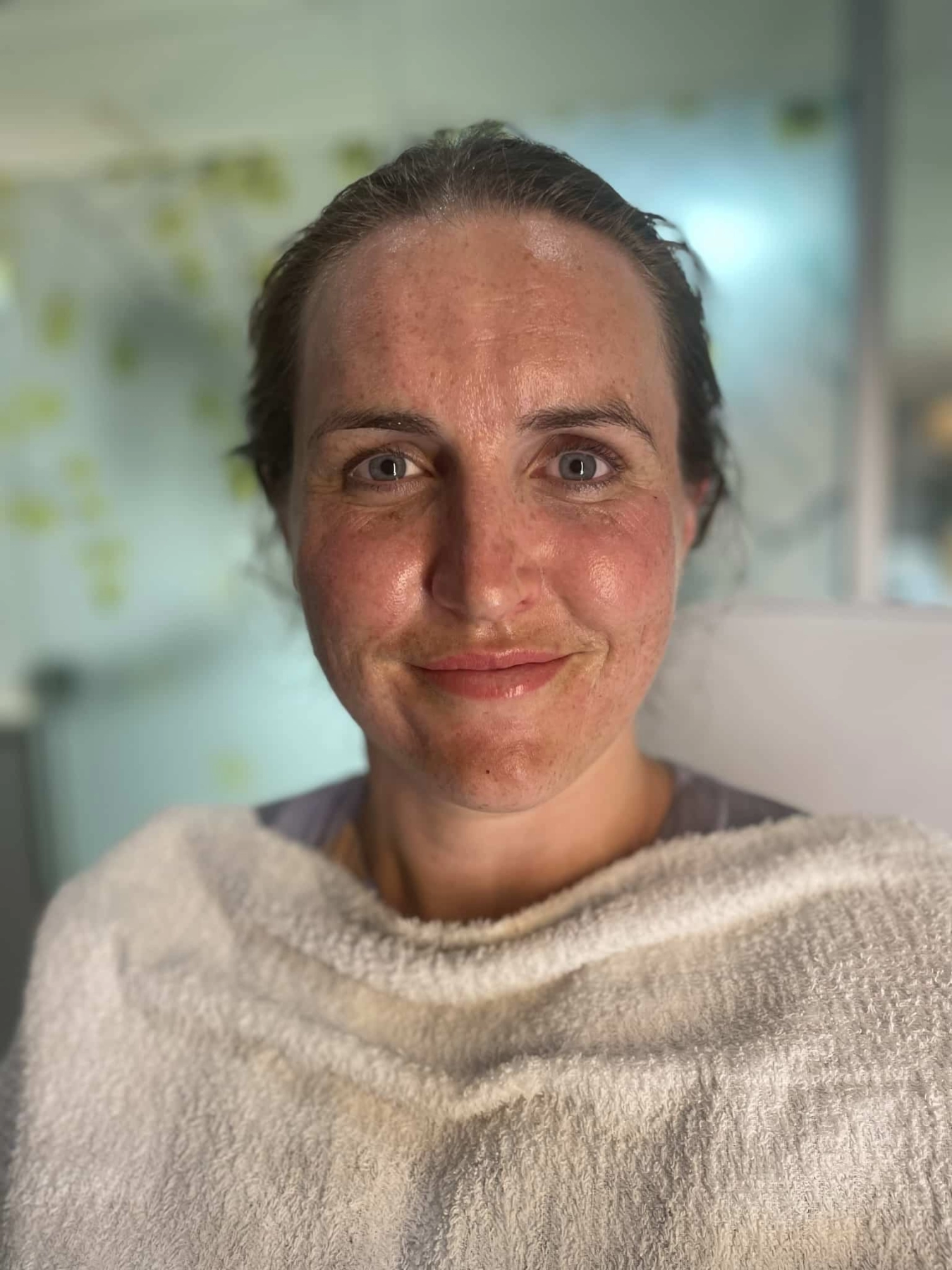All you need to know about how safe Botox is
Botox is one of the most popular cosmetic treatments and more and more people are getting it-and that’s not just in New Zealand but also worldwide. And one of the reasons why is that it does make you look younger but another big reason is also that it is safe. But even if it is very safe, especially when you are in good hands and get your Botox from a doctor or qualified nurse, things can rarely go wrong. Let’s look at a few things to help you make a well-informed decision before you embark on your Botox journey.
What can go wrong when you have Botox?
Again, Botox is very safe when performed by a qualified injector with a detailed knowledge of the facial muscles and things only very rarely go wrong when you are in good hands. Most people have the treatment and resume their daily activities straight after. They do not feel any different to before Botox.
A few people may feel a bit headachy and experience some discomfort in the injection area. Most problems that arise when you have Botox can be easily dealt with and are not serious. Let’s look at them.
Bruising
One of the most unavoidable problems is probably bruising. Even the most experienced injector will cause bruising in 10 to 15 % of all procedures. But here are a few things you can do at home to prevent or treat bruising.
·Do not take anti-inflammatories such as ibuprofen or diclofenac for three days before and after the procedure. They are blood thinners and make you more prone to bruising.
·Stop taking any fish oil, liver cod oil or omega-3 oil supplements three days before and three days after the treatment. Again, they thin your blood and make you bruise.
·Try not to have that glass of red wine the evening before.
·Avoid drinking too much caffeine on the day of the treatment. It makes the blood vessels in your face bigger, making it more likely for the injector to hit one of the vessels accidentally.
·Apply arnica cream to your face for three days before and after the procedure.
·You can also apply an icepack after you have Botox.
Read more here about how to avoid bruising.
Clotting
Botox does not interfere with the clotting of your blood. You can have Botox safely if you have problems with a Deep Vein Thrombus or even a clot in your lungs.
Some people have problems with the clotting of their blood, such as Factor V Leiden. You can still have Botox if this is the case.

Swelling
Swelling at the injection site is very common but the good news is that it really does not last very long. Most times, it disappears within a few minutes up to half an hour. And most people confidently resume their daily activities straight after the treatment session.
The swelling is caused by the fluid that is injected together with Botox. The doctor injects between 0.05 to 0.1 ml per point which really does not sound a lot but when it is injected right under the skin, it can definitely become visible. But the body absorbs the fluid very quickly.
Asymmetry
It is important that you go to a clinic that offers you a free follow-up appointment approximately 2 weeks after your Botox treatment. This is so you can address any concerns you may have. One of the most common things that can easily be corrected at that stage is asymmetry, for example when one eyebrow is slightly higher or lower than the other. This problem is quite common and occurs when the muscle on one side is a bit stronger than the muscle on the other side. it can also happen if the amount of Botox injected was not exactly the same on both sides.
This can usually be very easily fixed with a small amount of extra Botox. So do not worry at all if this happens but call your doctor and make an appointment to correct it.

A heavy forehead
The forehead is the most tricky area to inject even for the most experienced injectors. This is because the forehead muscle is different in every person. Some people have got a forehead muscle that covers the whole forehead. This is different to other people who have a muscle that is split into two parts and only covers the sides of the forehead. Both types of this muscle require different injection techniques to avoid an eyebrow drop.
This is because the forehead muscle helps pull up the eyebrows. Sometimes, this muscle becomes too relaxed and can not pull up the eyebrows anymore. If this happens, some people may notice that their eyebrows feel heavier. This heaviness will always get better and resolve.
Some people who had Botox for the first time may find this heavy feeling quite noticeable for 1 or 2 weeks after they had Botox and then it resolves. For others, it may take longer. Botox lasts for 3 to 4 months and after that, this problem will always resolve.
Sometimes, your injector can inject a very small amount of Botox into the eyebrow to relieve the heavy feeling but in most cases, you have to wait it out. It is important that you let your doctor know that this has happened. This is so the doctor can make a few adjustments during your next Botox treatment. You may either need a smaller amount of Botox or inject different areas of the forehead.

Frozen Look
A lot of people who think about getting Botox are worried that they may end up with a frozen look. This can happen when too much Botox is injected and you lose your facial movements. At Satini Cosmetic Clinic, we aim for a natural look. We want you to look younger and fresher and just turn the clock back a little.
If you never had Botox before, we often only inject a small amount and see you again after 2 weeks. This is to make sure that you do not look too frozen for your taste. If you would like to get more Botox, we can do a top-up treatment at that stage.
Problems after Lip Flip
A lip flip is a very popular treatment because it is so simple and affordable and the lips look beautiful. Rarely, do some people notice a feeling of numbness on top of their lips or they feel as if they can not drink properly from a straw. This usually gets better after one or two weeks and will always resolve.
Problems after treating downturned corners of the mouth
Botox can help uplift downturned corners of the mouth and as a result, make you look happier. Rarely, a small amount of Botox can spread to another muscle and due to this, the lower lip moves less. This is usually subtle but can be quite noticeable to the person who had the treatment. This will always resolve within a few weeks.

Droopy Eyelids
This is a rare complication and happens when Botox is injected too close to the eyelid. The Botox spreads into the eyelid and relaxes the tiny, little muscle in your eyelid. As a result, the eyelid droops. In most cases, this is a mild droop and usually wears off after 2 to 3 weeks, sometimes it may take longer, up to 3 or 4 months. Botox will always wear off and this means that the problem will always resolve. To treat this problem, your doctor can prescribe apraclonidine or brimonidine eyedrops. These eye drops are able to activate the muscle again.
Are there any serious problems?
Again, Botox is FDA-approved and deemed a safe drug. Like with any other medication, there is a small risk of an allergic reaction. This can sometimes be a rash, itchiness and swelling but in very severe cases, it can cause anaphylaxis.
Anaphylaxis is very rare with Botox injections. But despite that, it is important that you go to a good clinic with a doctor on site who has got the equipment and expertise to deal with this emergency.
Satini Cosmetic Clinic is a doctor-led cosmetic clinic. There is always a doctor on site when you have a treatment. Dr Nadja Haub answers her phone outside of clinic hours in the rare event that you have any serious concerns. The clinic is also fully equipped to deal with any complications swiftly and promptly.
Please book an appointment for a free, initial consultation if you have any questions.

Australas J Dermatol. 2020 Aug; 61(3): 217–225. Greg J. Goodman, 1 Steven Liew, 2 Peter Callan, 3 and Sarah Hart 4 Facial aesthetic injections in clinical practice: Pretreatment and posttreatment consensus recommendations to minimise adverse outcomes
1 Steven Liew, 2 Peter Callan, 3 and Sarah Hart 4 Facial aesthetic injections in clinical practice: Pretreatment and posttreatment consensus recommendations to minimise adverse outcomes
JAAD Case Rep. 2022 Apr; 22: 96–98.Ghadah F. Alotaibi, MD, Sara F. Alsukait, MD, Hanan H. Alsalman, MD, and Mohammed G. Turkmani, MDEyelid ptosis following botulinum toxin injection treated with briminodine 0.33% topical gel
J Clin Aesthet Dermatol. 2016 Dec; 9(12): Martyn King, MD. Management of Ptosis
Dermatol Surg. 2007 Jan. ;33(1 Spec No.):S26-31. Alastair Carruthers 1, Jean Carruthers. Eyebrow height after botulinum toxin type A to the glabella



